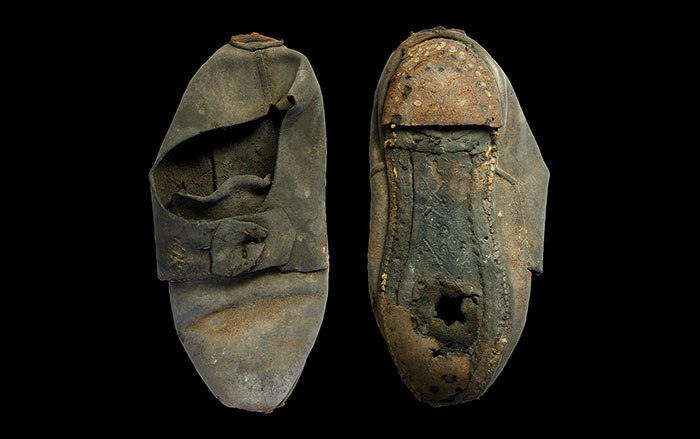
GRENOBLE, FRANCE—The Associated Press reports that an international team of researchers led by Louis-Jean Boe of Grenoble Alpes University analyzed 1,335 vocalizations made by male and female baboons in order to investigate the possible origins of human speech. It had been suggested that a low, modern human-like larynx was necessary for the production of vowel sounds. If so, the spoken language of modern humans could only have originated sometime during the last 100,000 to 70,000 years. But the new research indicates that baboon tongues have the same muscles as human tongues, and could be used to form vowel sounds in a way similar to that of modern humans. Furthermore, the analysis of baboon vocalizations indicates that they make five distinct vowel-like sounds to communicate, even though they have the high larynx typical of non-human primates. The findings suggest spoken language may have evolved from skills possessed by the last common ancestor of baboons and modern humans, who lived some 25 million years ago. For more, go to “The Monkey Effect.”










